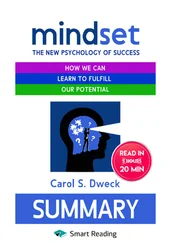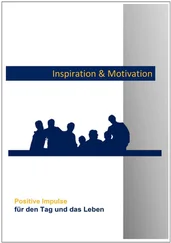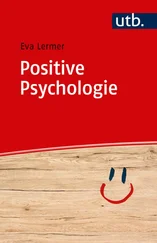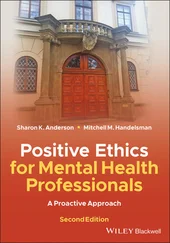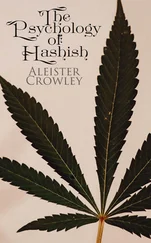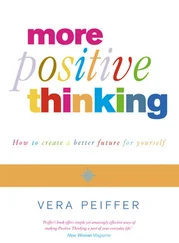An idea or product can be positively creative at one time or in one place and yet negatively creative at another time or in another place. For example, in the context of World War II, the development of nuclear weapons may have seemed like a positive contribution to the world – a way of ending a prolonged and extremely costly war. But in creating, creators need to think not only about the short run but also about the long run. In the long run, the positivity of the creation of nuclear weapons is, to say the least, highly questionable. As was almost inevitable, they have spread and it is reasonable to fear that they will be acquired by terrorists, if they have not already been so acquired. At that point, the weapons that seemed at one time like they might save the world now potentially could destroy it.
As another example, carbon‐based fuels have had many positive effects on the world. Chances are that you or whoever is in charge of heating your living unit relies on carbon‐based fuels. Automobiles, buses, trains, planes – all have served a vital role in industrial and other forms of development. But now the world is paying the price for the proliferation of cheap carbon‐based fuels. And the collateral damage of such fuels, like that of nuclear weapons, may be immensely destructive. Indeed, one easily could argue that it already has been highly damaging and that the damage in terms of global climate change is likely to continue for some time to come.
Causes of Negative Creativity
In Anna Karenina , Tolstoy said that “Happy families are all alike; every unhappy family is unhappy in its own way.” Similarly, I suggest that positive creativity is instigated to help make things better for one or more persons or entities – one’s life, the life of one’s family, the life of a nation, science, art, or whatever. But negative creativity, like unhappy families, seems to have many different causes. What are some of these causes? And why is negative creativity so prevalent as well as malevolent in the world? What are the reasons?
1 To enhance one’s reputation by diminishing the reputation of one or more others. In this case, negative creativity serves a somewhat parasitic function. One latches onto someone else in order to draw fame, renown, or resources from that person toward oneself. Usually, some flimsy justification is offered of how one is doing a public good.
2 To cause harm or destruction as a result of anger. One is angry at another, at the world, at oneself, or at whomever or whatever. One creatively plans destruction to appease one’s anger. In the extreme, negative creativity results from hate (Sternberg, 2020a, 2020b).
3 To cause harm or destruction as a result of fear. One is afraid that something bad will happen and proactively seeks to neutralize a potential enemy before one is oneself neutralized.
4 To gain resources for oneself. One may be paid, whether monetarily or otherwise, for negative creative ideas or products.
5 To gain revenge on someone. One may seek to avenge oneself for a perceived slight or harm. How many wars have been started as a way of seeking revenge for a real or imagined slight?
6 To gain renown as an “evil genius.” Some people want to be recognized not for the good things they do, but for the bad ones they do. In the comic books, Superman’s archenemy, Lex Luthor, was such an individual. If only such individuals were limited to comic books. Heads of criminal syndicates and especially drug gangs, sometimes try to outdo each other in the evil they do.
7 To live one’s life in a way one considers normal. Some people, including psychopaths but also others, do not see anything wrong with negative creativity or with harming others. They have no conscience, so it makes little difference to them if their actions cause harm to others.
8 By accident. One is seeking to do one thing and accidentally ends up doing another. The other thing proves to be destructive. Amniocentesis was a creative idea to help parents decide whether to proceed with a pregnancy; in some cases, however, it accidentally damaged or killed the baby.
9 By lack of forethought. Many negative creative inventions seemed to be good ideas in the short run. The inventors did not think sufficiently about their long‐term effects, as in the case of the carbon‐emitting vehicles that now clog so many roads and highways around the world.
10 To do good. One may believe one is doing good by doing harm. For example, a creator of a new explosive device might believe that they are doing good by creating a weapon that will vanquish an enemy. The problem, of course, is that it is almost always impossible to foresee the long‐term consequences of such ideas, such as the idea of nuclear weapons, which now could destroy the world several times over. And how many terrorists and suicide bombers believe they are somehow doing a “good thing” that will take them right to heaven? The inventors may have thought in advance about the long term but simply have underestimated the negative consequences of what they did, as their intentions were positive and honorable.
This last point emphasizes how carefully people have to think about positive creativity in their own lives. It just is so easy to convince ourselves that something we do that is negative is really positive. Without a deep analysis of our own motives, it often is hard to tell just why we are doing what we are doing. Authoritarian governments are cropping up all across the world, including in my own country. Although many supporters of such governments are merely self‐serving, others have convinced themselves they need a powerful leader to re‐instill order to recover some kind of glorious national past (which of course never really existed).
As noted above, creativity always is judged in a context. Positive creativity is similar in concept to what I have called WICS in the past, or Wisdom‐Intelligence‐Creativity‐Synthesized (Sternberg, 2003, 2009). It is creativity tempered by intelligence – analyzing whether an idea or product is logical, tenable, or sensible – and especially wisdom – assessing whether an idea helps to achieve some kind of common good, by balancing one’s own with other interests, over the long term as well as the short term, through the infusion of positive ethical values.
In science as well as in other fields and in society as a whole, we too often have valued creativity in and of itself. We have not adequately considered whether the creativity we are valuing serves a positive, neutral, or even negative purpose. Is a creative idea forwarding science or some other field, or is it merely enhancing our own personal goals? Is it even replicable (Kaufman & Glăveanu, 2018)? Such goals are variable but might include our own eminence, our financial situation, our appearance in a department annual report, our promotion status, or our ego. Indeed, we so easily can get on a scientific treadmill (or an artistic, literary, musical, technological, or other one) that we do not make the time to think about the uses to which our creativity will be put. By the time we have thought things through, it sometimes is too late to put our creativity to optimal use.
An example in science/technology is the invention of ever more powerful weapons of mass destruction. Some of these weapons are enormously creative – novel and effective (in killing people, if that is our goal), assuming our goal is offensive or even to create an effective deterrent. But as Dr. Seuss (1984) recognized in his book The Butter Battle Book, such inventions tend to lead to competition where each side is trying to create weapons that out‐destroy the others. People tend to view potentially creative acts that are ambiguously bad as more creative than acts that are clearly bad, with the result that in psychological science (or elsewhere), people may view research outcomes that are not unambiguously bad as creative, simply because of the ambiguity.
Читать дальше



